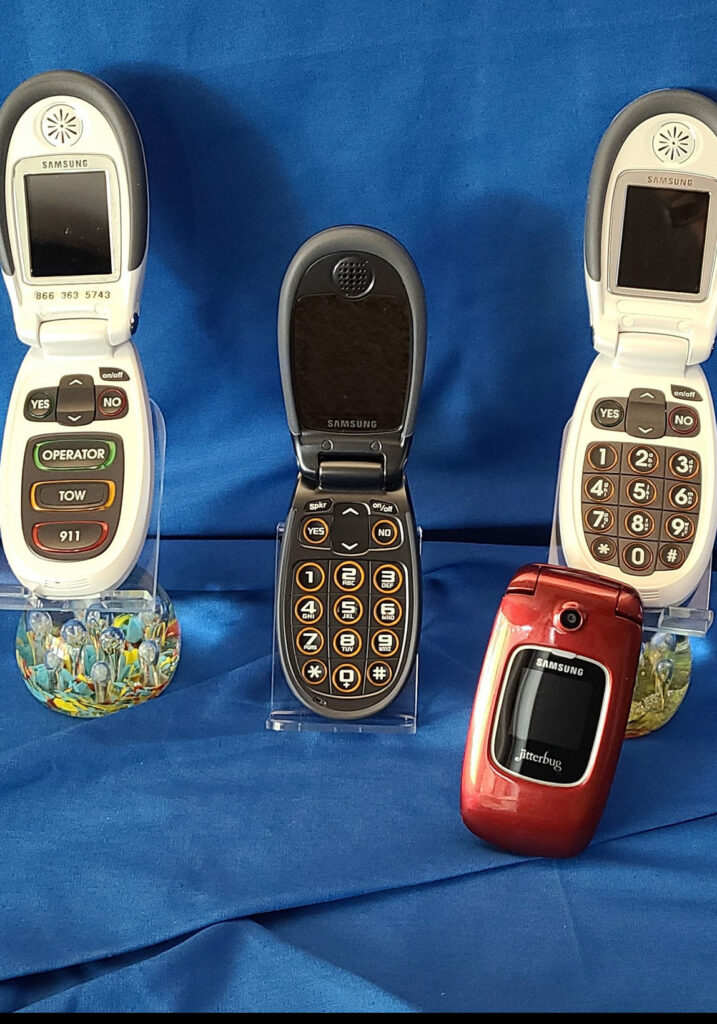Historical Global Milestones
Innovations. Arlene Harris. Innovations Martin Cooper.
Handheld Cellular Phone
Invented first handheld cellular phone, growing to serve 2/3 of the global market (5 billion people)
MOTOROLA: Martin Cooper led the movement at Motorola to make cellular communications personal and mobile. Thanks to the efforts he championed in the 1970s and 1980s—culminating in the world’s first commercial handheld cell phone—an entire industry emerged and billions of people are connected today.
In the 1970s, Cooper headed Motorola’s communications systems division where he conceived of the first portable cellular phone and led the 10-year process of bringing it to market. He believed the cellular phone should be “…a personal telephone – something that would represent an individual so you could assign a number; not to a place, not to a desk, not to a home, but to a person.”
On April 3, 1973, before the formal introduction of the cell phone to the press by Cooper and Motorola leader John F. Mitchell, Cooper made the first public handheld cell phone call. Standing on Sixth Avenue in New York, he made the call from the prototype DynaTAC phone. It connected him to a radio base station (a cellular site) Motorola had installed on the roof of the Burlington House (now the Alliance Bernstein Building) and into the AT&T landline telephone system. Reporters and onlookers watched as he dialed the number of his chief competitor, Dr. Joel S. Engel, at AT&T. “Joel, this is Marty. I’m calling you from a cell phone, a personal, portable, l handheld cell phone.”
That first cell phone vividly illustrated the now accepted principle that phone calls could be to a person rather than to a place.
Since then, the handheld cellular phone has grown to serve the needs of billions globally becoming the fastest-growing offering in history.
A fuller version of Cooper’s story and the development of the first portable cellphone can be found in Martin Cooper’s book, Cutting the Cord.
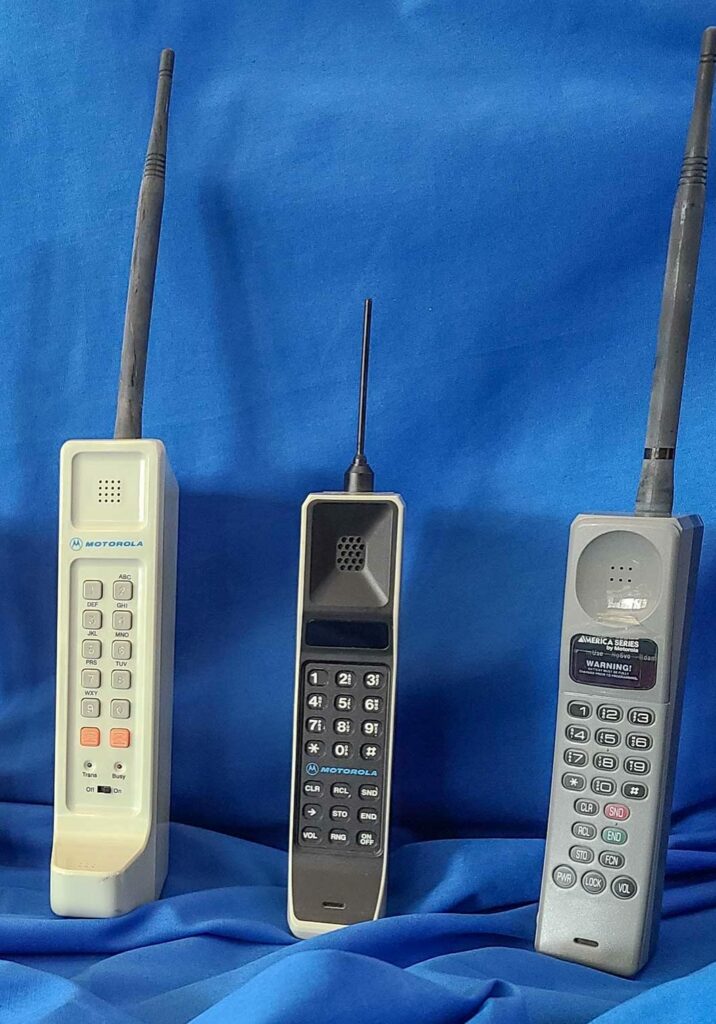
High Capacity Wide-Area Paging Systems
Pioneered City-Wide Paging Systems and “Wearables”
MOTOROLA:
In 1971, Cooper and his team at Motorola Florida introduced a high-capacity, automated, spectrum-efficient city-wide radio paging system that could alert individuals and groups over dedicated radio channels. The FCC allocated slivers of radio spectrum for this purpose that were previously unused “guard bands”. ICS, Arlene’s family’s company was granted use of this spectrum and built their service business on Motorola’s technology.
Prior to this, telephone operators or business-based dispatchers alerted their employees by voice on “wearable” devices. Later, more efficient technology allowed operators to selectively dial up pagers, provoking a “beep” (hence the name “beepers”) and a user in the field would respond using a landline phone. Further evolution resulted in pagers that could receive and display alpha-numeric messages.
During the 1970s and 1980s, paging became a multi-billion dollar global industry, dominated by Motorola, but including many others. Several paging systems continue to serve customers.

Trailblazing Paging Services
Built The First Automated Management Systems for Wireless
Industrial Communications Systems, Inc. (ICS): Built the largest paging company. Harris’s family business achieved many firsts. ICS, the mobile telephone company her father founded in 1952, grew, grounded on the radio paging innovations championed by Cooper at Motorola, to become the largest single city radio paging company in the world. Arlene Harris brought her early automation training from Continental Airlines to ICS and helped create the first wireless retail and wholesale business model. Later, ICS implemented Life Page, the first application of wireless to consumers with health-related needs.
ICS was sold to Metromedia in 1983.
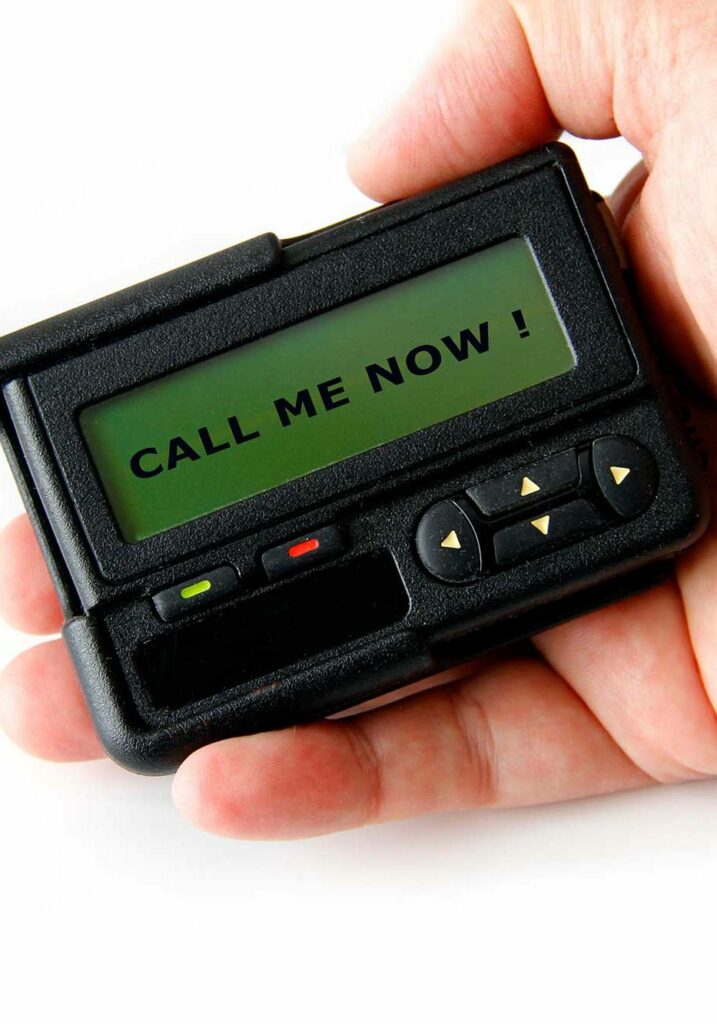
First Consumer Healthcare Application
Provided thousands of pagers to consumers awaiting organ transplant
Industrial Communications Systems, Inc. (ICS): LifePage, imagined by Arlene’s brother Russ, was incubated and executed under Arlene’s direction at ICS, and was later licensed to Telocator, the national association for paging companies. Through LifePage, tens of thousands of organ transplant recipients and their families nationwide had access to alerting devices and service, pro bono, for that ever-important call that could save a life. ICS was sold to Metromedia in 1983.
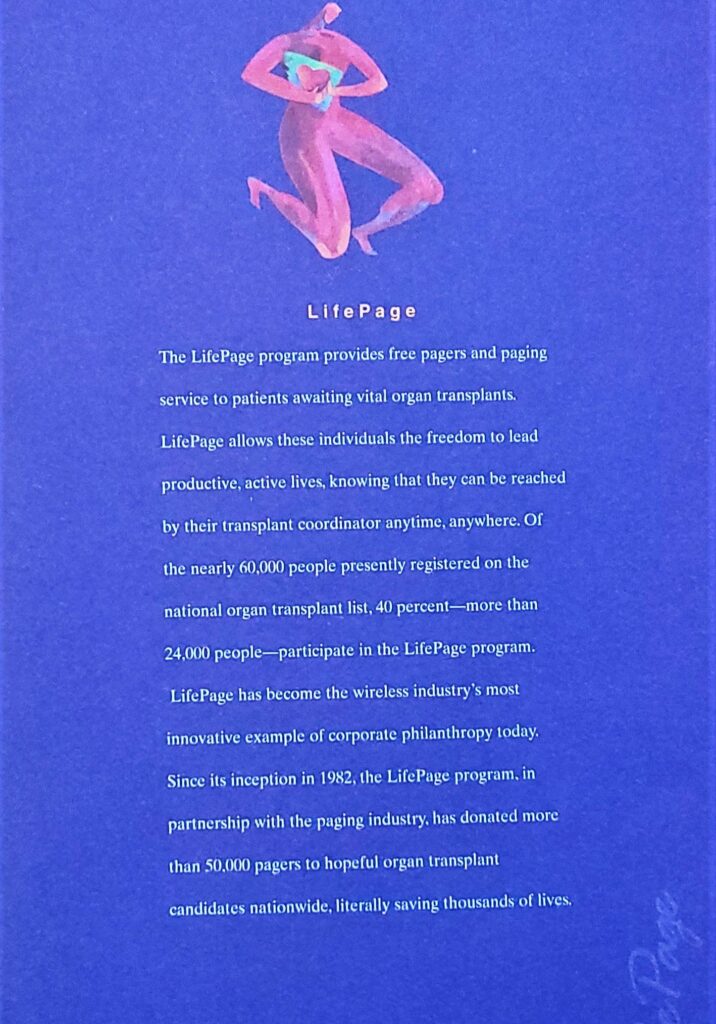
Specialized Mobile Radio Systems, SMRS
Introduced wireless voice dispatch technology for businesses to communicate with field service personnel
The Specialized Mobile Radio Service (SMRS) was created by the FCC concurrently with new cellular radio telephone service. The intent was to introduce higher spectrum efficiency into the land-mobile radio service which served private dispatch users such a police departments, taxi dispatch, and tradespeople who managed mobile resources. Until that time, dispatchers used individually-licensed radio stations to provide push-to-talk calling, often using a single radio channel shared among companies.
Martin Cooper and his Motorola team created a highly spectrum-efficient system that allowed multiple users and companies to efficiently share groups of radio channels. He demonstrated to FCC engineers the superior efficiency of providing separate spectrum for new cellular phone and private dispatch services, in contrast to AT&T’s proposal to monopolize all such services within the cellular service. As a result of Cooper’s leadership, the FCC allocated separate blocks of spectrum dedicated to shared land-mobile private radio and designated the SMRS.
These innovations allowed Motorola to build systems that were deployed by entrepreneurs worldwide. Many were ultimately bought and aggregated by Nextel, which provided a further advanced service using the new Motorola iDen system. Nextel was later acquired by Sprint and its spectrum combined into Sprint’s cellular systems.

Global Paging/Wireless/Internet CRM
Built first wireless CRM systems, ultimately serving millions of global subscribers through carrier implementations
Subscriber Computing, Inc. (SCI): In 1984, while Arlene Harris was Founder/Executive Chairman, SCI began building and delivering the first converged billing and CRM systems for wireless/cellular and internet communications. The systems were implemented in major global paging companies such as PageNet, PageMart, Metromedia, Motorola, British Telecom, and Hutchison. SCI was acquired by Corsair Communications Inc. in April 1998.
Martin Cooper and his Motorola team created a highly spectrum-efficient system that allowed multiple users and companies to efficiently share groups of radio channels. He demonstrated to FCC engineers the superior efficiency of providing separate spectrum for new cellular phone and private dispatch services, in contrast to AT&T’s proposal to monopolize all such services within the cellular service. As a result of Cooper’s leadership, the FCC allocated separate blocks of spectrum dedicated to shared land-mobile private radio and designated the SMRS.
These innovations allowed Motorola to build systems that were deployed by entrepreneurs worldwide. Many were ultimately bought and aggregated by Nextel, which provided a further advanced service using the new Motorola iDen system. Nextel was later acquired by Sprint and its spectrum combined into Sprint’s cellular systems.

Cooper Report
First Cellular Use Analytics Reported for Customers of CBSI
CBSI: In 1986, CBSI and Cooper championed the Cooper Report. This report was published in a bound book and was available for purchase. This was the first look at aggregated cellular statistics provided to carriers and others; information about user behaviors and network usage used for forecasting and other important network and market planning. Sections in the report included General Cellular Calling Statistics, Subscriber Calling Characteristics, Subscriber Revenue Characteristics, and Roamer Characteristics. These views of usage data were created from the raw call detail records generated by carrier switching equipment at the end of each call to support subscriber billing. Later, these records along with the ability to activate and suspend service to subscribers enabled the development of the first prepaid system by Subscriber Computing (SCI).
Cooper/CBSI published the first and only edition prior to the purchase of CBSI by Cincinnati Bell in 1986.

Cellular Billing and Customer Management Systems
Innovated first automated network activation, change, and management systems
Cellular Business Systems, Inc. (CBSI): Partners Cooper and Harris, along with SEI Information Technology, created the most successful service bureau (now referred to as Software as a Service) billing and customer management systems in the cellular industry. After achieving a 70% share of the non-telephone company cellular licensee market in 1986, CBSI was sold to Cincinnati Bell Information Systems and is now part of Netcracker.
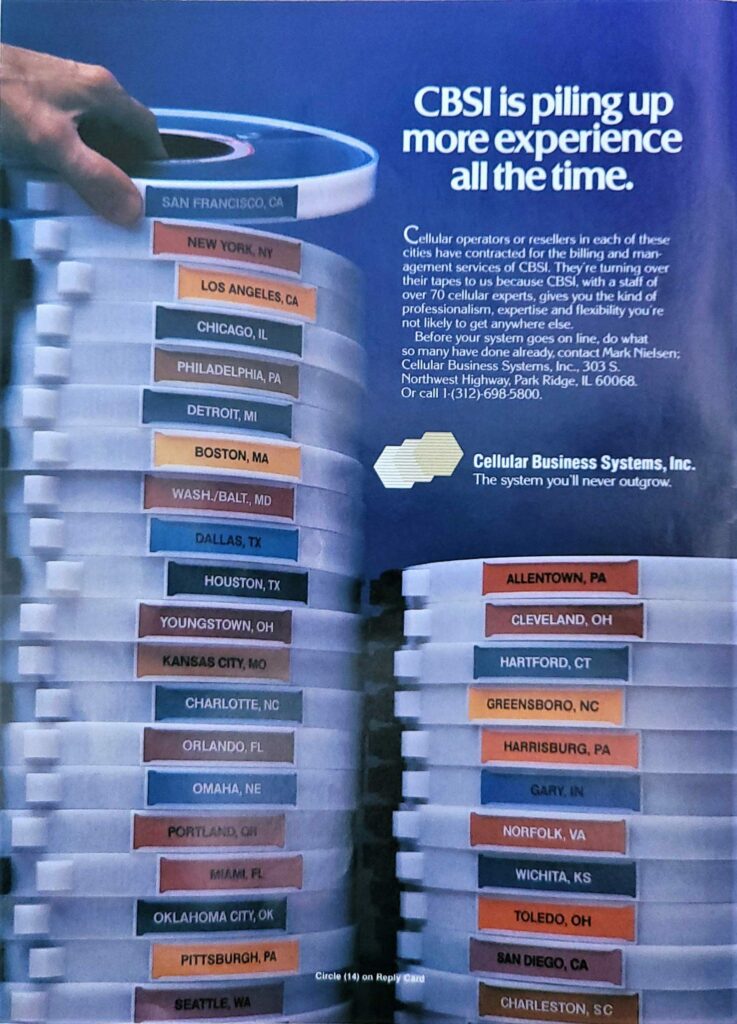
Cellular Wireless Automated Provisioning
Innovated first automated network activation, change, and management systems
Cellular Business Systems, Inc. (CBSI) / Subscriber Computing, Inc. (SCI): SCI, under contract with CBSI, (both founded by Harris and partners) developed the first automated cellular activation systems for CBSI in 1984.
At CBSI, Harris implemented the first automated cellular service activation system, (“provisioning systems”), now used worldwide in retail locations to remotely and instantly activate and change cellular phone services. Prior to this automation, cellular phone retailers faxed or called their orders to the cellular carriers in an awkward process that includes credit checking. Sometimes activation of a phone could take days. Integrated activation and change management took substantial friction out of the process of onboarding cellular customers.
SCI was sold to Corsair in 1998 and CBSI was sold to Cincinnati Bell in 1986.

Cellular Fraud Management
Created First Fraud Mitigation Systems
Subscriber Computing, Inc. (SCI): Subscriber Computing, at Harris’ direction, developed systems that would monitor cellular switch traffic and report on probably fraud to carriers. As the technology to “clone” phones and provide for fraudulent subscriptions became more viable, fraudsters were able to access carrier networks without detection and used their facilities without paying. SCI built one of the first of many detection systems.

Cellular Credit Card Phone Service
Invented first specialized cellular phone and value-added system to automate payments by credit card
Cellular PayPhone Inc. (CPPI): In 1986, Harris founded CPPI, a cellular reseller, and obtained two patents for methods to create a complete credit card service. Combining these methods with an application management system developed by SCI, CPPI offered the first specialized cellular phone and value-added service for frequent cellular credit card payments used by taxis, limousines, ferries, trains, and oil rigs. Both Motorola and Oki Electronics built cellular phones for CPPI that accepted credit card swipes for occasional and transient use. The CPPI offering was sold to GTE Mobilnet in 1988.
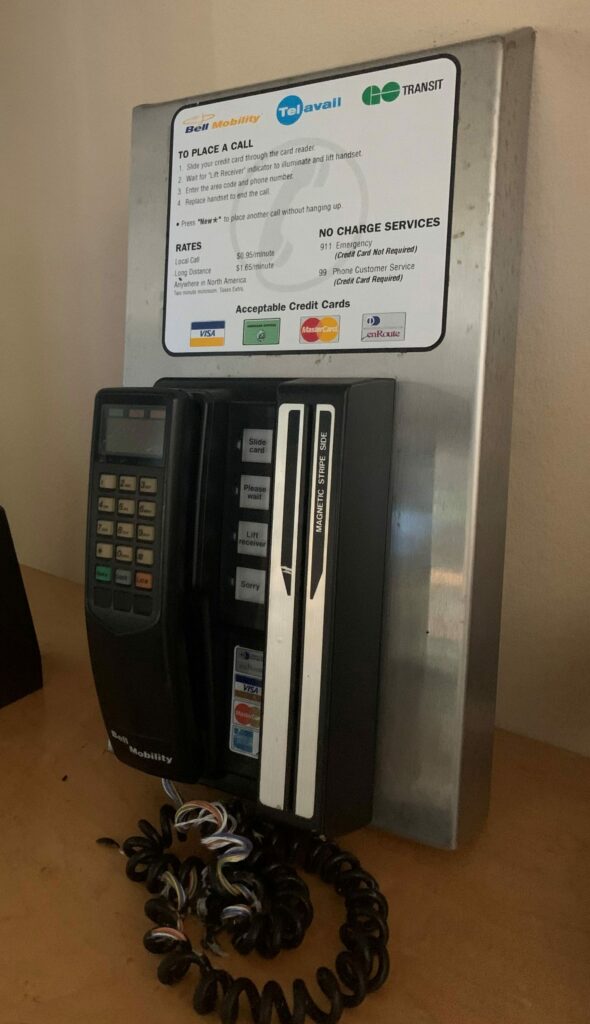
Smart Antenna Technology
Invented world-leading smart antenna spatial processing technology currently being broadly deployed in 5G systems
ArrayComm, Inc.: In 1992, Cooper, with partners Arnaud Saffari and Dr. Richard Roy, founded ArrayComm, Inc., now the world leader in physical layer software and multi-antenna signal processing for wireless communication systems. Its 4G/5G solutions shorten time to market and enhance base station capacity, coverage, and reliability, and are deployed worldwide by companies such as A Fujitsu, NEC, Hitachi, and Motorola.
ArrayComm developed smart antenna technology for the PHS Handy-Phone cellular system in Japan, which was the first commercial application of this spectrum-efficient technology. During the 2011 Fukushima tsunami disaster, the PHS system was the only communication available to many in the disaster area.
In 2005, ArrayComm was acquired by Ygomi LLC.
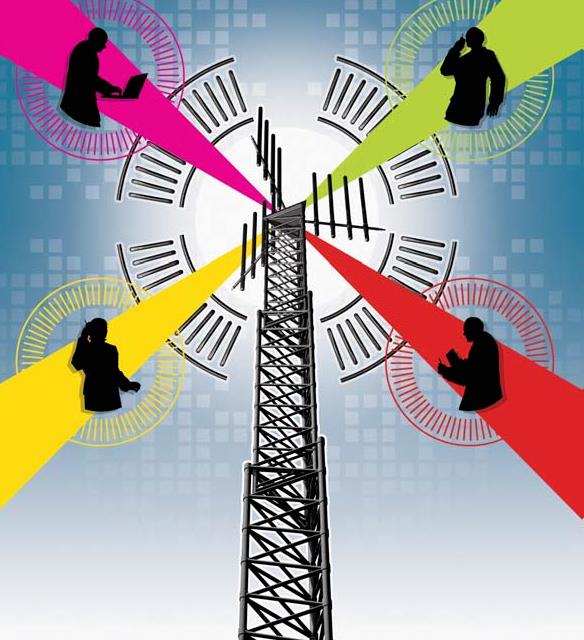
Cooper's Law
"There has never been a scarcity of radio frequency spectrum for communications, and there never need be a scarcity in the future."
~Martin Cooper
Cooper’s Law, otherwise known as “The Law of Spectrum Capacity” is an observation that the capacity of the currently usable radio spectrum to carry information, using the most advanced transmission technology has doubled every thirty months since radio was commercialized by Marconi around 1900. The Law predicts that known technology will continue this trend for at least 50 years in the future. A corrolary of the Law is that the cost of transmitting a bit of information has lowered by half every 42 months during this period. Spectrum capacity increases as technology accomodates higher frequency bands and as signal processing makes transmission more efficient, but geographic frequency reuse is, by far, the most important factor in capacity improvement. At any given time, existing transmission systems do not necesarily use the most advanced technology. This is especially true in cellular systems, which are only now beginning to use spacial technology that has been available for 20 years and longer.
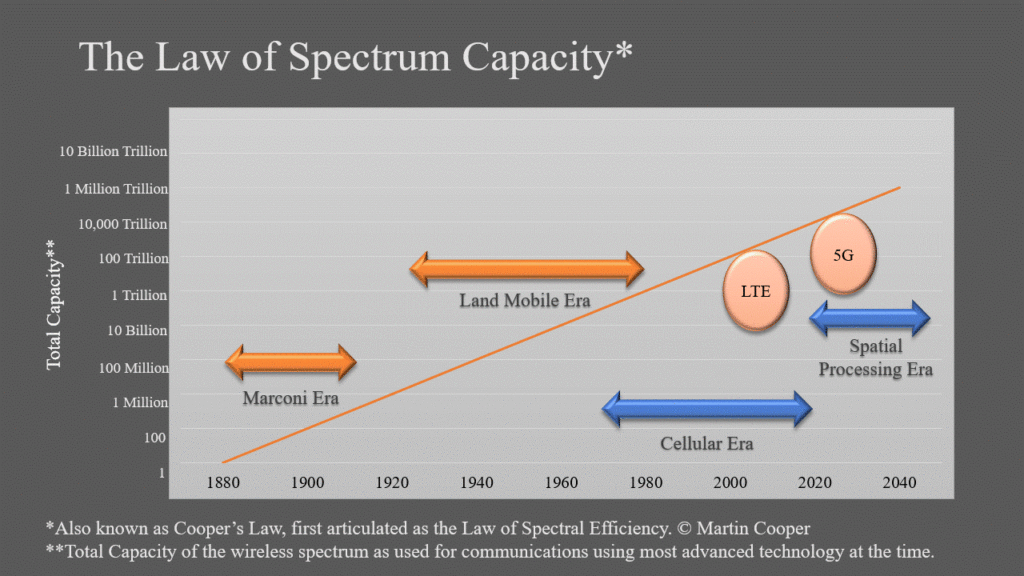
Prepaid Cellular
Created first prepaid systems, fueling the rapid global growth of cellular service to billions of prepaid customers across the globe
Subscriber Computing Inc. (SCI): SCI developed systems conceived by Harris in 1988, to provide access to cellular services for low and no-credit consumers (now known as “prepaid cellular service”). Prior to this innovation, thousands of potential cellular users were turned away, not because they couldn’t buy a phone but because carriers were unwilling to risk the use of their networks by users who would skip paying for their services.
Difficult credit processes were required sometimes taking days and eliminating those without adequate credit to access cellular service. When prepaid was ultimately implemented in developing countries substantial growth ensued. Ultimately, access to these underserved customers using Cooper’s portable cellphones and Harris’ led prepaid payment alternative led to the development of innovative banking and commercial systems that eventually brought millions out of poverty. Prepaid is now the most prevalent payment method globally and serves billions where consumer credit is scarce. It is now a primary method for billions of customers worldwide to pay for cellular services. Harris considers this innovation her most important.
SCI was purchased in 1998 by Corsair Communications.
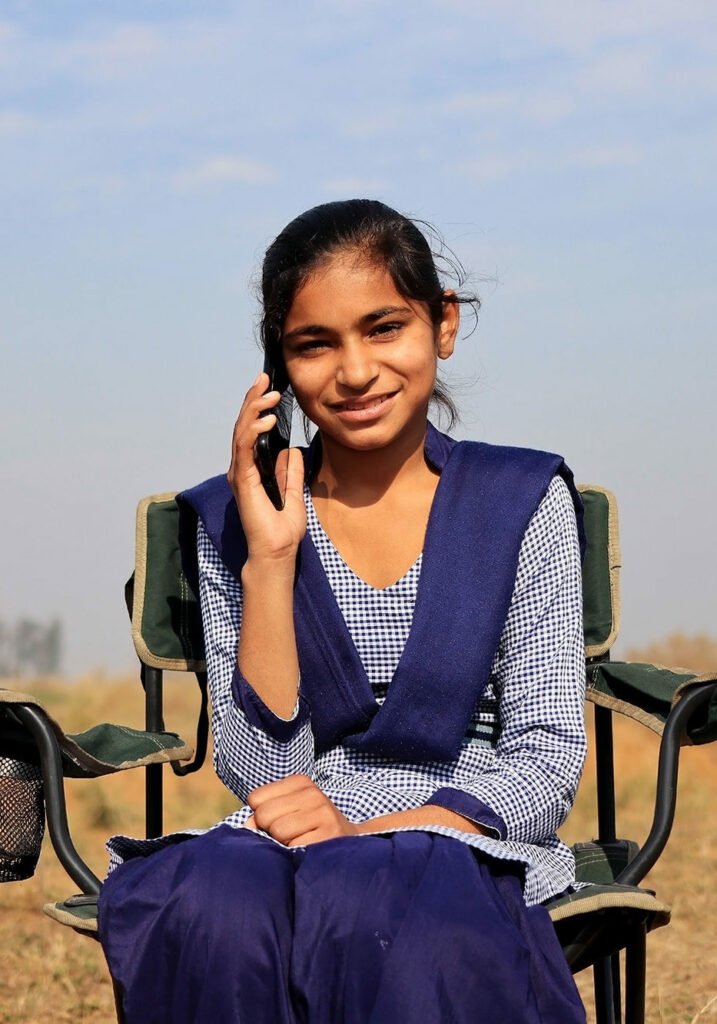
Safety/Senior Cellular Phone Service
Innovated first custom cellular consumer phone and service focused on seniors, simplicity, and safety
SOS Wireless, Accessible Wireless, and GreatCall, Inc.: Dyna’s SOS Wireless Communications, founded in 1994 developed the first value-added cellular solution focused on seniors, simplicity, and safety. SOS Wireless later merged with Dyna’s GreatCall, Inc., that fully developed and brought the solution to market.
Cellular carrier Accessible Wireless, Inc., another Dyna organization, was acquired and founded by Harris in 2001 to provide affordable wireless services to low usage users at a time when other carriers did not support this under-served market. In 2005, Accessible Wireless delivered a innovative low-usage wireless services required for GreatCall Inc.’s customers to skirt the high usage demands of cellular carriers.
GreatCall, founded in 2005, developed the Jitterbug phone in partnership with a relationship established by Cooper with Samsung. Jitterbug offered a personalized, simple, affordable, and helpful cell phone experience that anyone, regardless of technological “know-how”, could use.
GreatCall and Jitterbug earned much acclaim and awards. Jitterbug was named to the New York Times “Top 10 List” of greatest technology ideas of 2006, per tech columnist David Pogue. It was a finalist in Yahoo’s “Last Gadget Standing” competition at the 2007 Consumer Electronics Show and was named one of Reader’s Digest’s “Top 100 Products”. In the same year, GreatCall was recognized with the wireless industry’s coveted Andrew Seybold Choice Award for “Best New Company”. It was also awarded “Best Small Business in 2008” by the American Society on Aging.
Later Harris stimulated the development of the first wireless personal emergency response product and service at GreatCall.
GreatCall achieved almost a million customers was sold to a private equity company in 2017 and then acquired by Best Buy Co., Inc. in 2018 to establish its connected health market entry.
